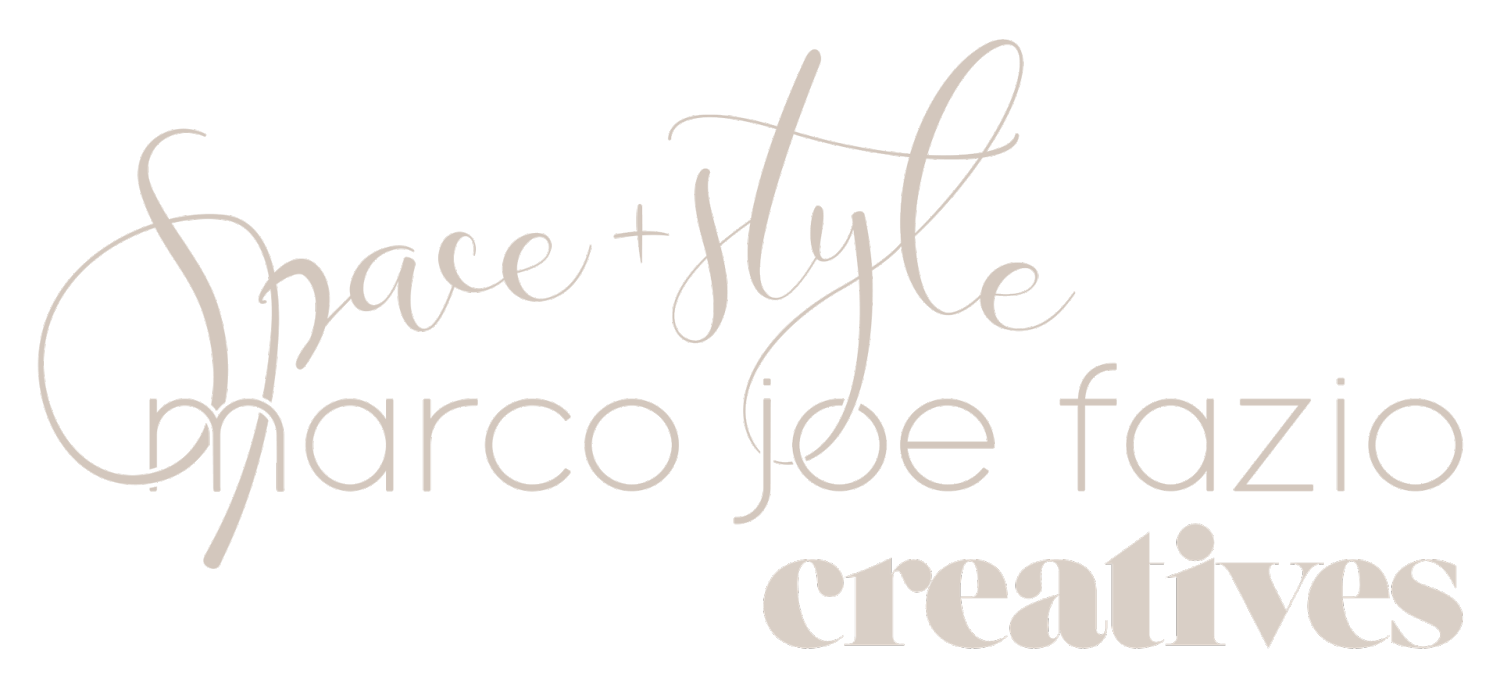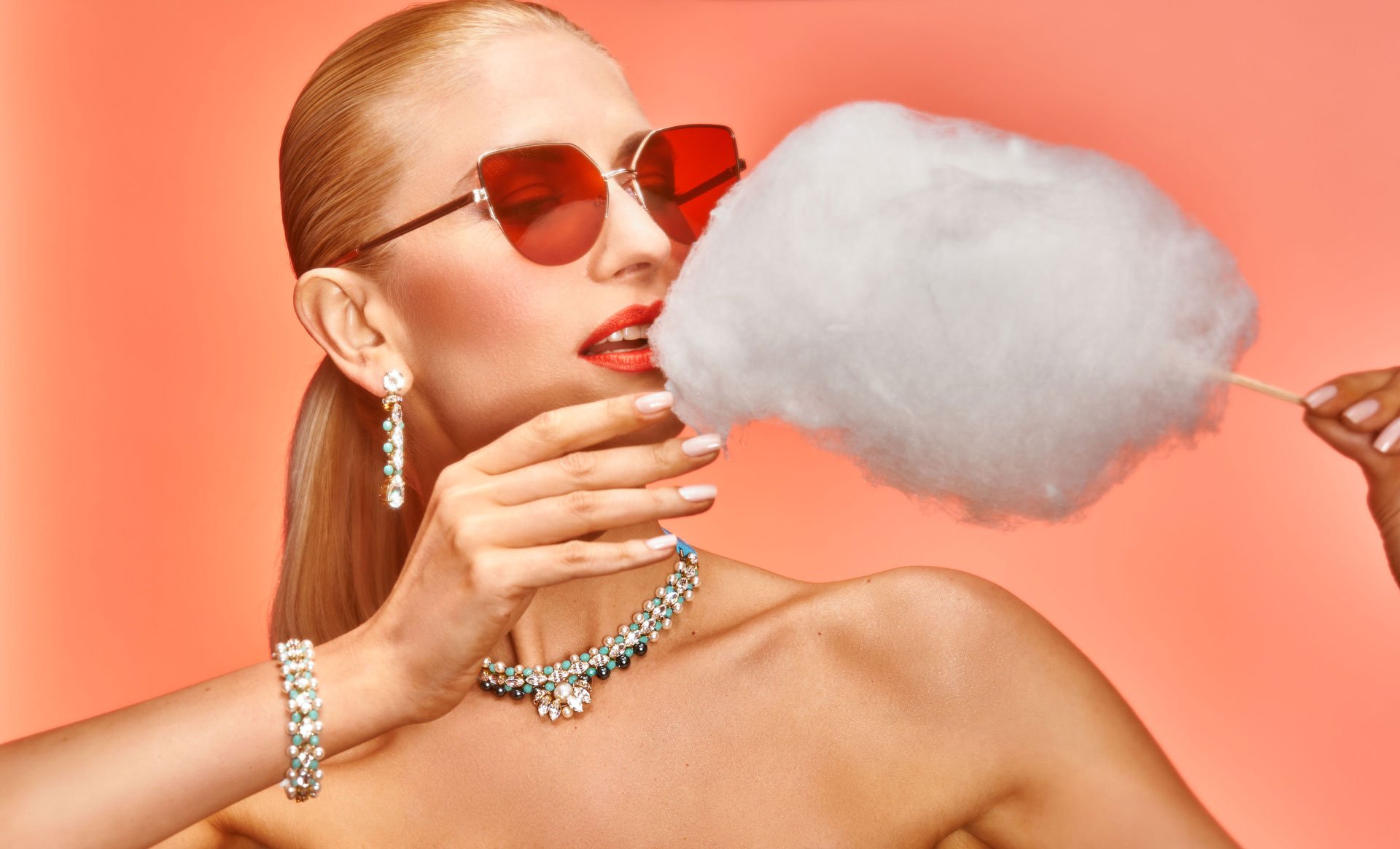Retouching Beauty
Today’s technology indeed gives us incredible tools to manage tasks quicker and with less human resources than before.
Artificial Intelligence (AI) is taking the upper hand over us, controlling our homes, driving our cars, writing our texts and many other tasks… which we eventually forget how to do! I noticed that my handwriting got worse in the last decade, obviously, as I am not training enough on that.
However, as much as it is easy and fun to let computers do our work, knowledge and control are vital in any operation.
Cotton Candy fro Chiara Martinelli Fashion Jewels - photo by Marco Fazio
Translating this concept to our job – photography, film and branding for the creative industries – and specifically to image editing, we can’t stress the importance of ethical and professional retouching.
Quick fixing and so-called smart apps are not good enough for us, as we strive to deliver the best service to our clients. Therefore, we always need to retouch our photos.
To help understand why we need to control the retouching process, think that retouching (or postproduction more in general) stays to a visual process like the crushing, fermentation and pressing stay to the harvest of a good year wine. Would you just squeeze the grapes, perhaps throwing them in your kitchen blender, and then say that you have made your own wine? Unfortunately, the process is much more complex than that!
Check in this video tutorial how Julia Antsibor, our skilled retoucher, masters the process, enhancing the look of a beauty image and carefully preserving both product and model features.
Although the whole editing of this image took more than one hour, we have shortened the video to less than 30 minutes, yet showing all the process steps.
If you like this tutorial and are interested to know more about photographic techniques, please subscribe to our newsletter.
this project’s credits & acknowledgements
photography by Marco Fazio for Chiara Martinelli Fashion Jewels
art direction by Gian Marco Tavani
styling by Sara Darling
make-up and hair by Fanny Burgos
model Natalia Satunova
photo retouching by Julia Antsibor


